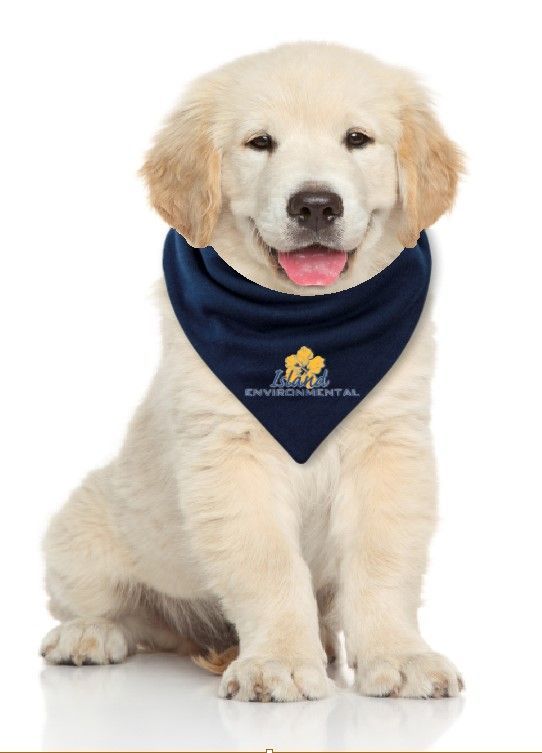Termite Control Boca Raton | Termites | Island Environmental
HOW TO IDENTIFY TERMITES
Hollow wood in your home? Cracked or bubbling paint? Discarded wings? Learn how to identify the pests in your house.
Is it an Ant or Termite?
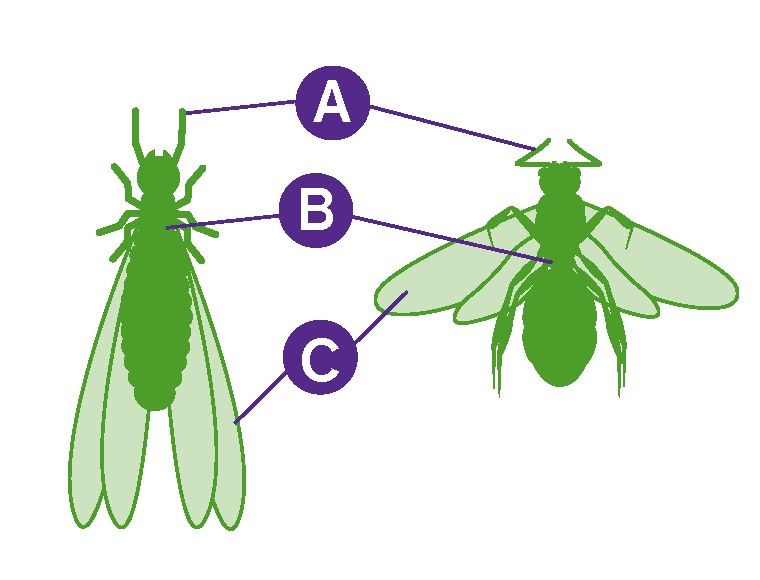 Swarming termites and ants look similar and are easily misidentified. The clearest way to distinguish them is to examine the wings (C). Termite swarmers have two sets of wings of equal length. The front pair of wings on a swarmer ant is longer than the back pair. There are other distinguishing characteristics: An ant’s waist (B) is narrower than a termite’s. And ants have a joint in their antenna (A), while termites do not. But here’s the biggest difference: Ants are usually just a nuisance. Termites damage your home.
Swarming termites and ants look similar and are easily misidentified. The clearest way to distinguish them is to examine the wings (C). Termite swarmers have two sets of wings of equal length. The front pair of wings on a swarmer ant is longer than the back pair. There are other distinguishing characteristics: An ant’s waist (B) is narrower than a termite’s. And ants have a joint in their antenna (A), while termites do not. But here’s the biggest difference: Ants are usually just a nuisance. Termites damage your home.
Types of Termites
Florida is home to both Drywood and Subterranean termites.
Drywood Termites
Drywood Unlike subterranean termites, which built colonies in the soil, drywood termite colonies do not need contact with soil moisture or any other water source. As their name suggests, drywood termites occur in dry wood that may be above ground level. Drywood termites build colonies in structural wood such as fence and utility posts, furniture, moldings, door and window frames, and so forth. finding these termites can be difficult during routine pest and dry-rot inspections. Therefore, one of the best ways to identify an active infestation is the presence of fecal pellets. Drywood termite treatment involves spot treating infected areas or injecting the identified infested galleries with liquid or foam termiticides or more common and more effective - tarping the building and gas fumigating.
Subterranean Termites
The eastern subterranean termite has caused untold amounts of damage through the centuries. A mature colony of these destructive pests can include anywhere from 20,000 to more than five million workers. Queens in eastern subterranean colonies can lay anywhere from 5,000 to 10,000 eggs per year, which means that the problem intensifies quickly. These colonies are made up of three distinct castes of termites: soldiers, workers and reproductive termites. To find eastern subterranean termites, you shouldn't have to dig too deeply. They are usually found at or below ground level, and they thrive in the soil but live off of materials like wood and cardboard. Liquid Soil Barrier treatments or baiting sysems such as Sentricon® System with Always Active technology are effective in treatment and prevention of subterranean termites.
THE TERMITE COLONY:
Workers
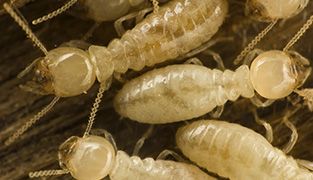 Workers make up the overwhelming majority of the colony because they are responsible for feeding it, including the queen. These soft-bodied, clear to light-colored termites are about the size of grains of rice. They rarely leave the dark, damp tunnels that run from the colony through the soil and into the wood of buildings. Workers continuously forage for food, maintain the nest and tend to the queen and her brood.
Workers make up the overwhelming majority of the colony because they are responsible for feeding it, including the queen. These soft-bodied, clear to light-colored termites are about the size of grains of rice. They rarely leave the dark, damp tunnels that run from the colony through the soil and into the wood of buildings. Workers continuously forage for food, maintain the nest and tend to the queen and her brood.
Soldiers
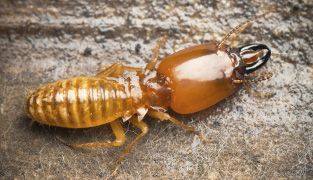 Soldiers are the defenders of the colony. They have long heads and powerful jaws, and are responsible for colony defense against natural termite enemies such as ants.
Soldiers are the defenders of the colony. They have long heads and powerful jaws, and are responsible for colony defense against natural termite enemies such as ants.
Reproductive Pairs (Swarmers)
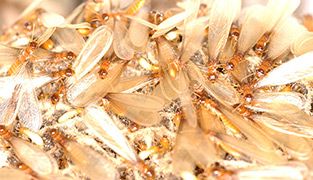 Male and female reproductive termites develop wings, leave the parent colony in a swarm, mate and start new colonies.
Male and female reproductive termites develop wings, leave the parent colony in a swarm, mate and start new colonies.
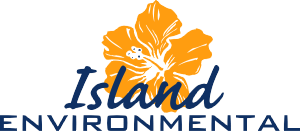

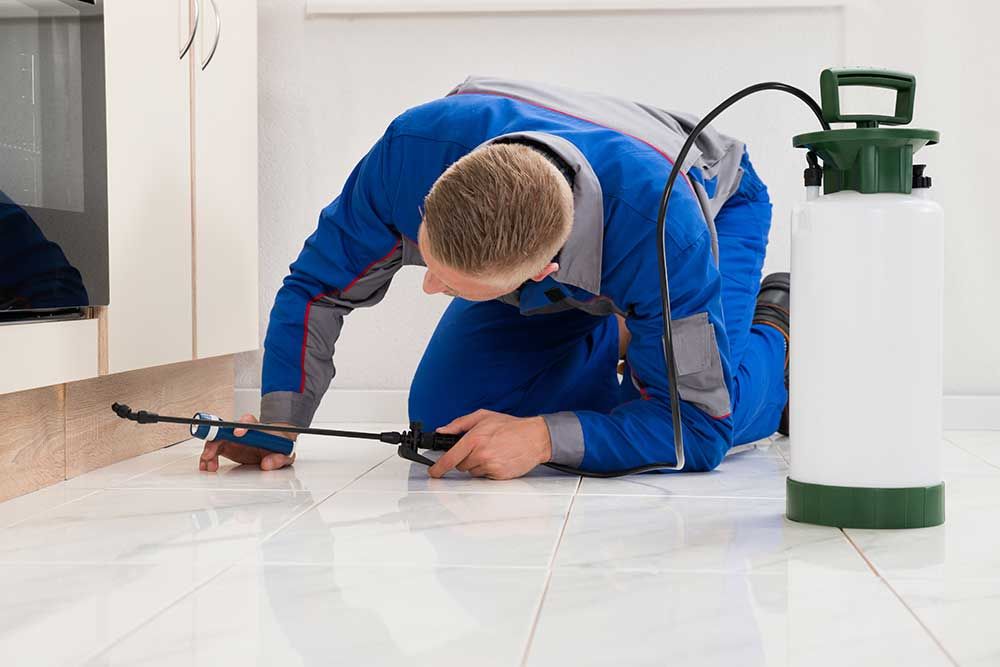
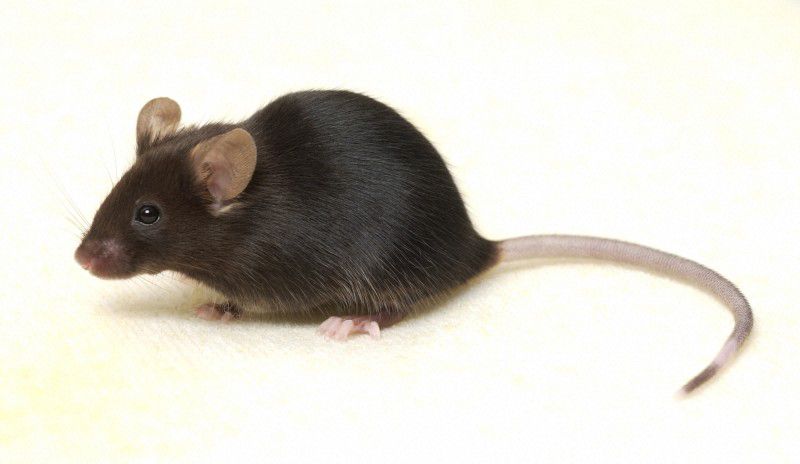
.jpg )
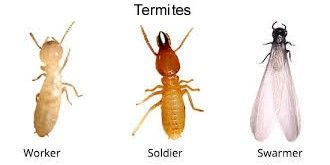
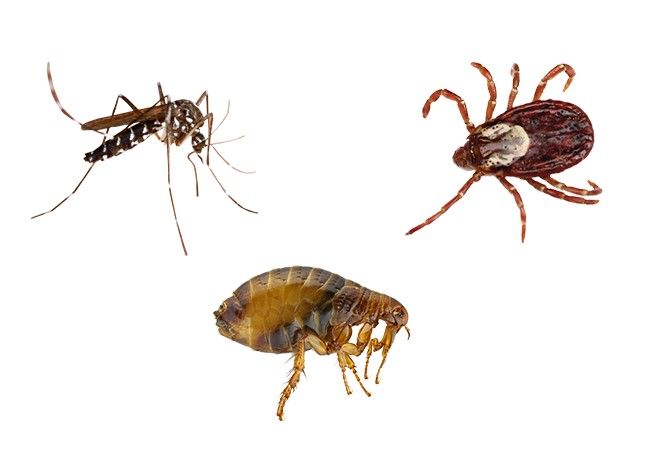
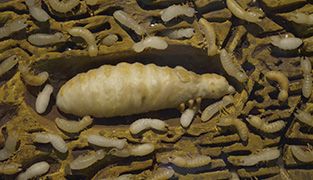 Hail to the queen! She is the largest and most important colony member because she can lay eggs at a rate of one every second ― as many as a million eggs in her lifetime. She is large, up to 4 inches long, and can live for a decade or longer under ideal conditions. If she dies, a new queen will arise to take her place and keep the colony going.
Hail to the queen! She is the largest and most important colony member because she can lay eggs at a rate of one every second ― as many as a million eggs in her lifetime. She is large, up to 4 inches long, and can live for a decade or longer under ideal conditions. If she dies, a new queen will arise to take her place and keep the colony going.